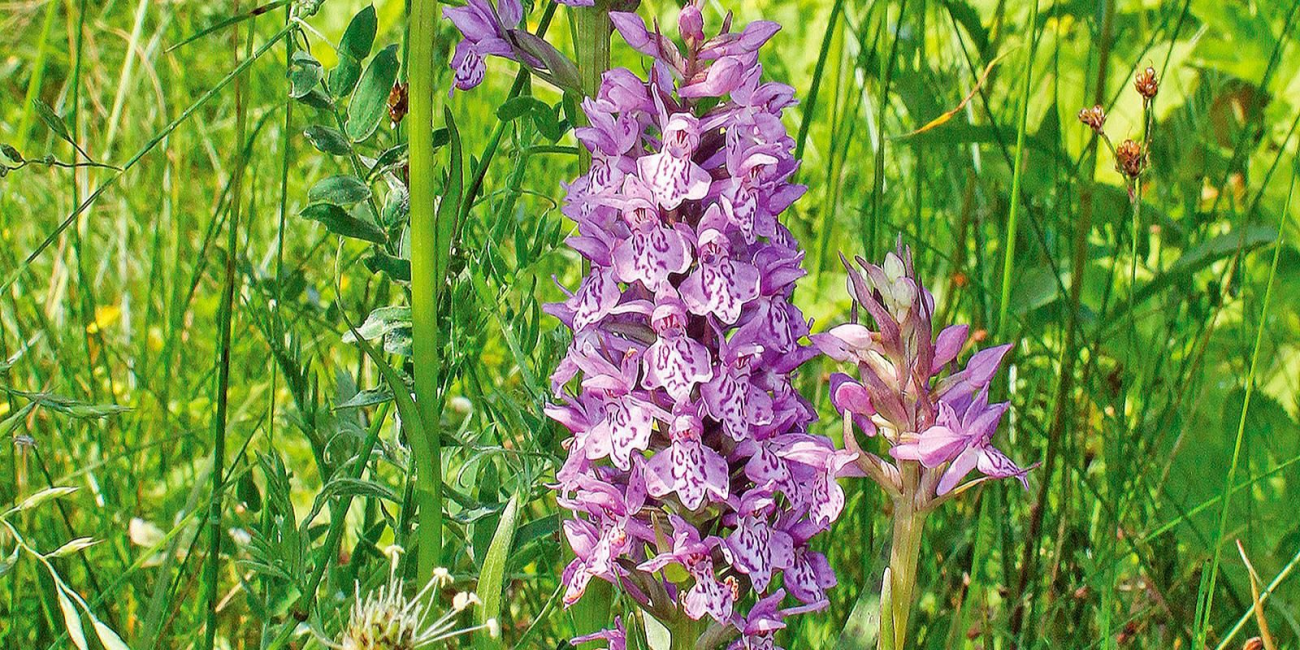
In the Moscow part of the Losiny Ostrov National Park, you can find the lesser butterfly-orchid, the marsh helleborine, the coralroot orchid, the bird’s-nest orchid and other interesting species.
The Losiny Ostrov National Park is a unique natural area in Moscow, where rare plant species have been preserved. Orchids are blooming there now. Among them, the greater butterfly-orchid attracts special attention - a species listed in the Red Book of Moscow under the first category of rarity.
Greater butterfly-orchid
Greater butterfly-orchid is protected not only in Moscow, but also at the global level according to the Convention on International Trade in Endangered Species of Wild Fauna and Flora (CITES).
The orchid has two large basal leaves and a thin stem with delicate whitish-green flowers that have almost no scent. Every year, the plant forms a new tuber to replace the old one. The seeds of this orchid germinate only with the help of a special fungus that lives in the soil, so it can only be found in almost untouched forests with moist soil rich in mineral nutrients - most often in oak and linden groves.
Biologists from the A.N. Severtsov Institute of Ecology and Evolution of the Russian Academy of Sciences (IEE RAS) have discovered four new habitats for this species, which confirms the uniqueness of the ecosystem of the urban part of Losiny Ostrov.
Rare orchids of Losiny Ostrov
Orchids are considered to be among the most vulnerable plants. Their seeds germinate only in symbiosis with fungi, and adult plants are extremely sensitive to environmental changes. However, in the national park you can find not only the green-flowered orchid, but also other rare species.
Among them is the lesser butterfly-orchid, which belongs to the first category of rarity. This is an orchid with white flowers and two large leaves at the base of the shoot. It can be found on the edges of forests, in light birch forests and in meadows.
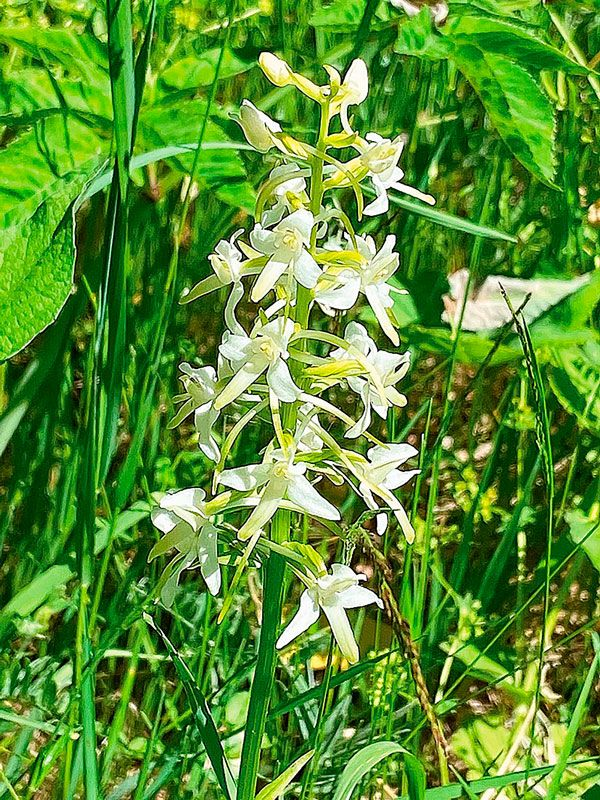
The same first category of rarity includes the marsh helleborine. This is a perennial plant up to 70 centimeters high, which grows on the outskirts of swamps, forest glades and groundwater outlets. The marsh helleborine blooms in June-July and bears fruit in September.
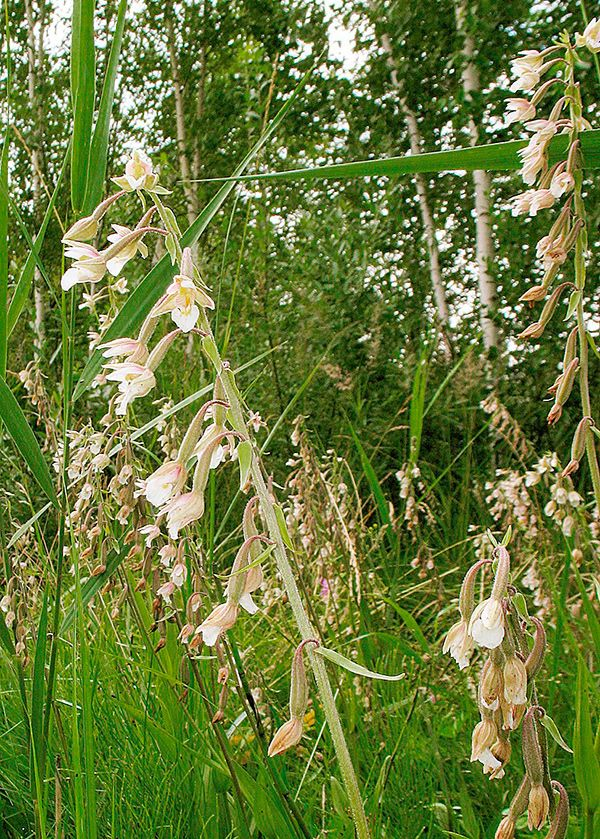
Visitors to the park may encounter the common spotted orchid, which is in the second category of rarity. This orchid species has pinkish-purple flowers and variegated leaves. It prefers to grow in the rich soils of broad-leaved forests and depends on symbiotic fungi.
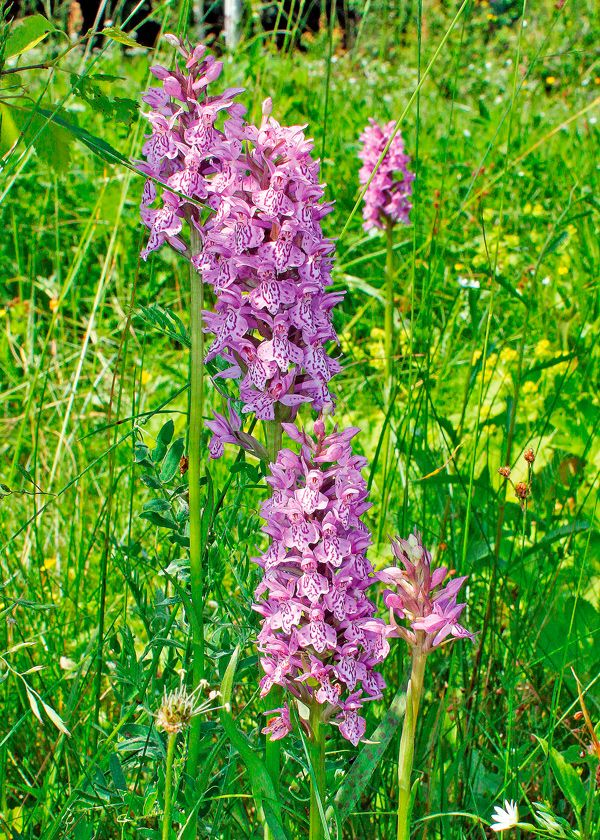
Those who are lucky will be able to spot the eggleaf twayblade, a rather inconspicuous orchid with two oval-shaped leaves and small yellowish-green flowers, as well as the yellow coralroot orchid, the most secretive of Moscow's orchids. To notice the thin, delicate leafless stem of the orchid, you need to have not only knowledge, but also luck. Both of these species also belong to the second category of rarity.
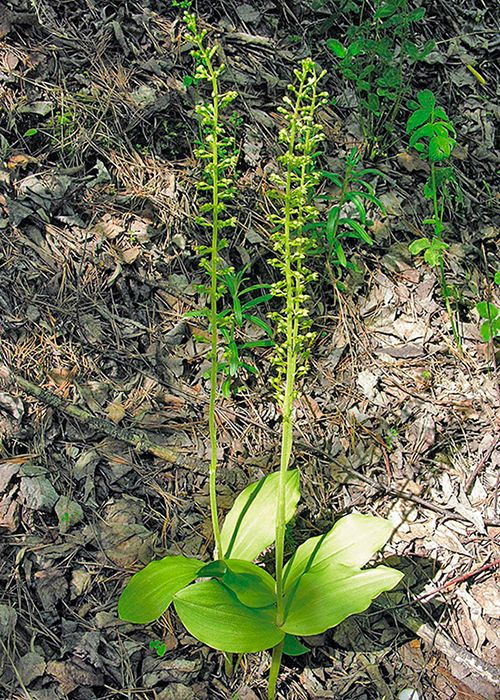
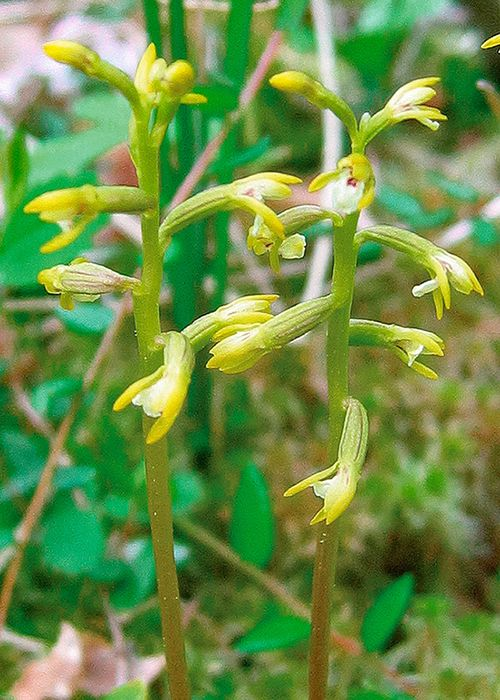
In addition, the capital is home to the bird’s-nest orchid (third category of rarity). This species has no green leaves and receives nutrients from mycorrhizal fungi growing on tree roots. It is found in old forests, especially in linden and oak forests.
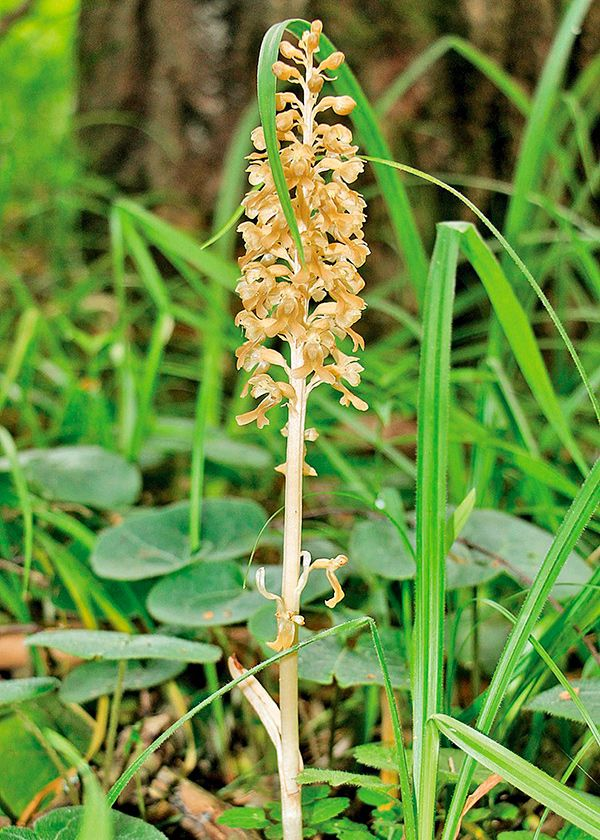
Early marsh-orchid, also belonging to the third category of rarity, is quite noticeable among the herbs during flowering. It has bright pink flowers, collected in a dense inflorescence.
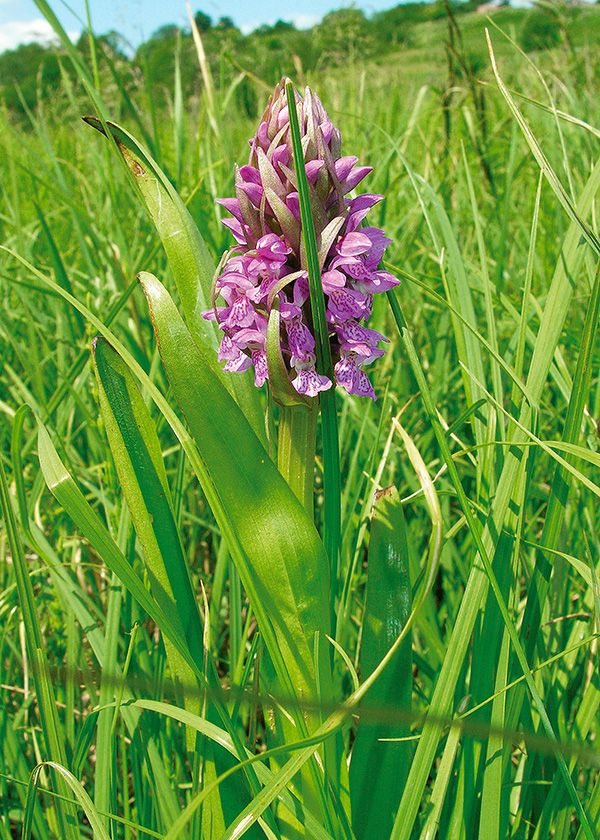
The broad-leaved helleborine is a rare orchid that can withstand quite active recreation and can be found even in the most disturbed areas. It belongs to the fifth category of rarity.
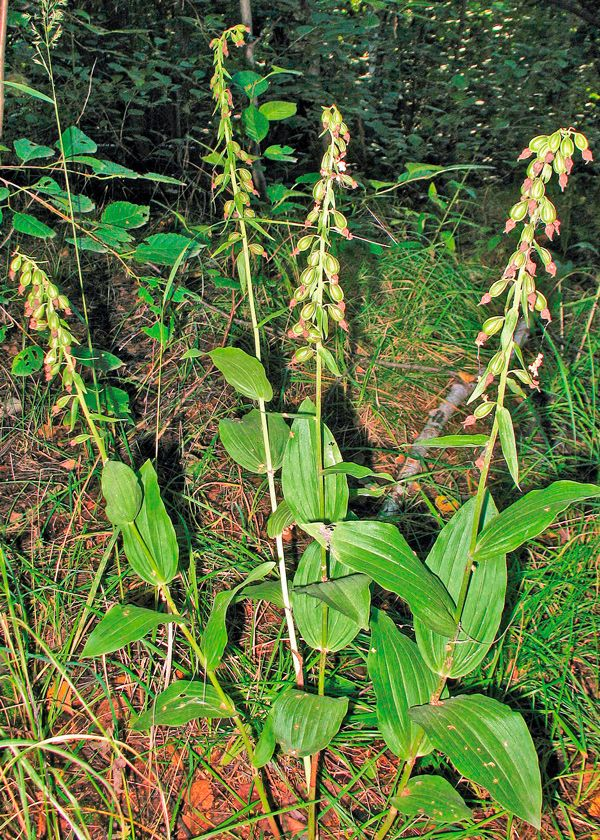
Preservation of these species is an indicator of a healthy forest. Specialists from the capital's Department of Nature Management and Environmental Protection urge people to be careful when walking around Losiny Ostrov. If visitors are lucky enough to come across one of these wonderful plants, they can admire their appearance and take a photo, but it is important to remember that they cannot be picked or damaged.
